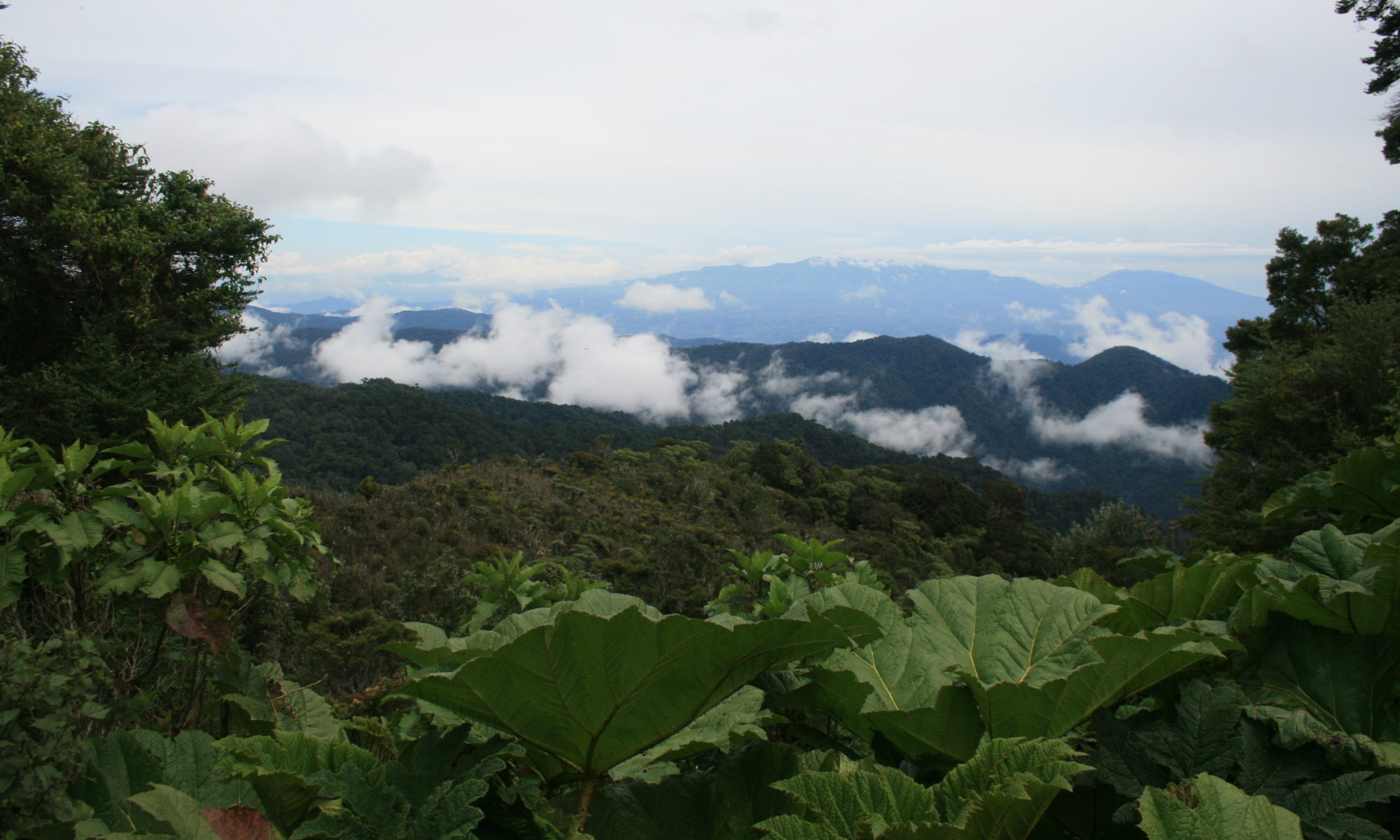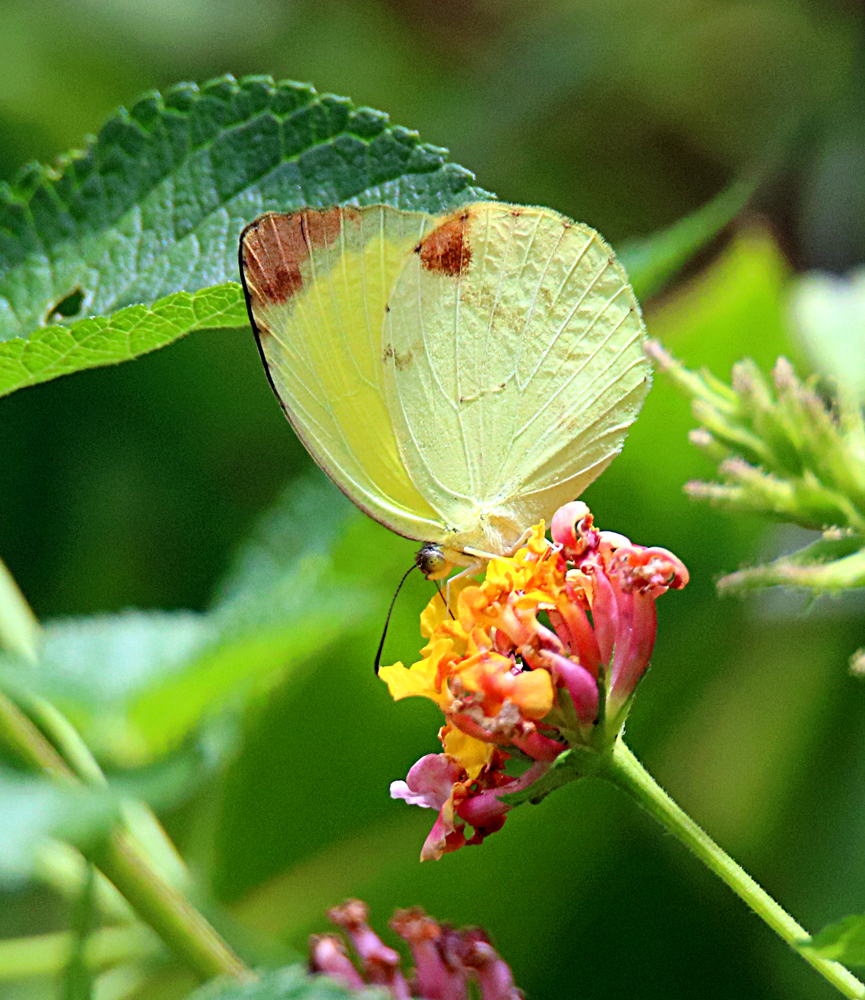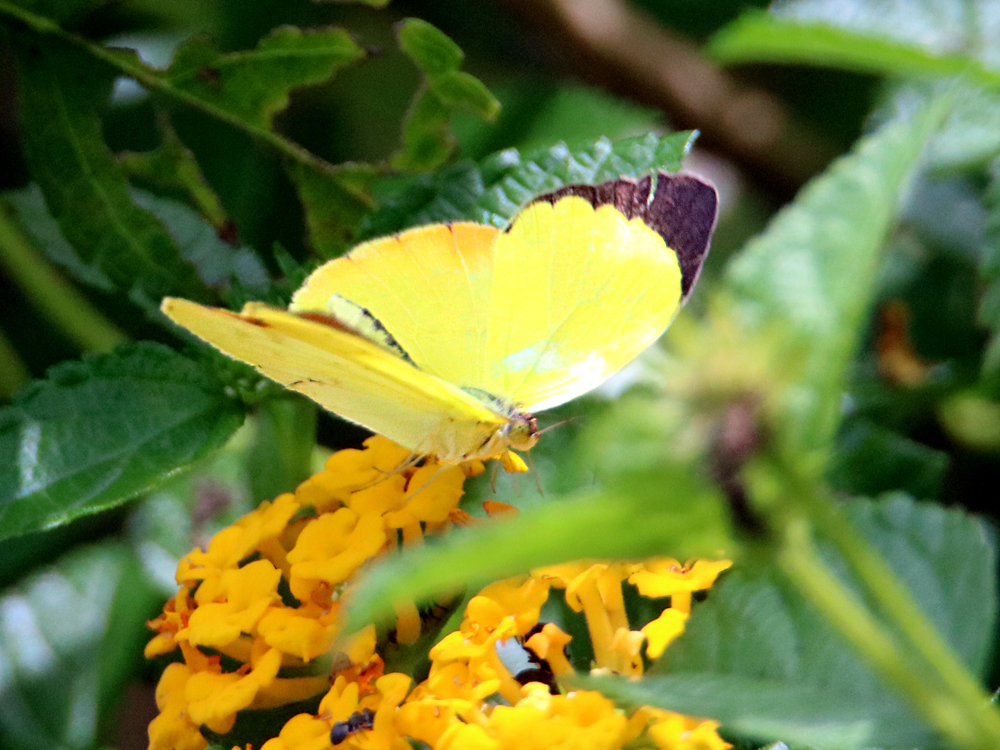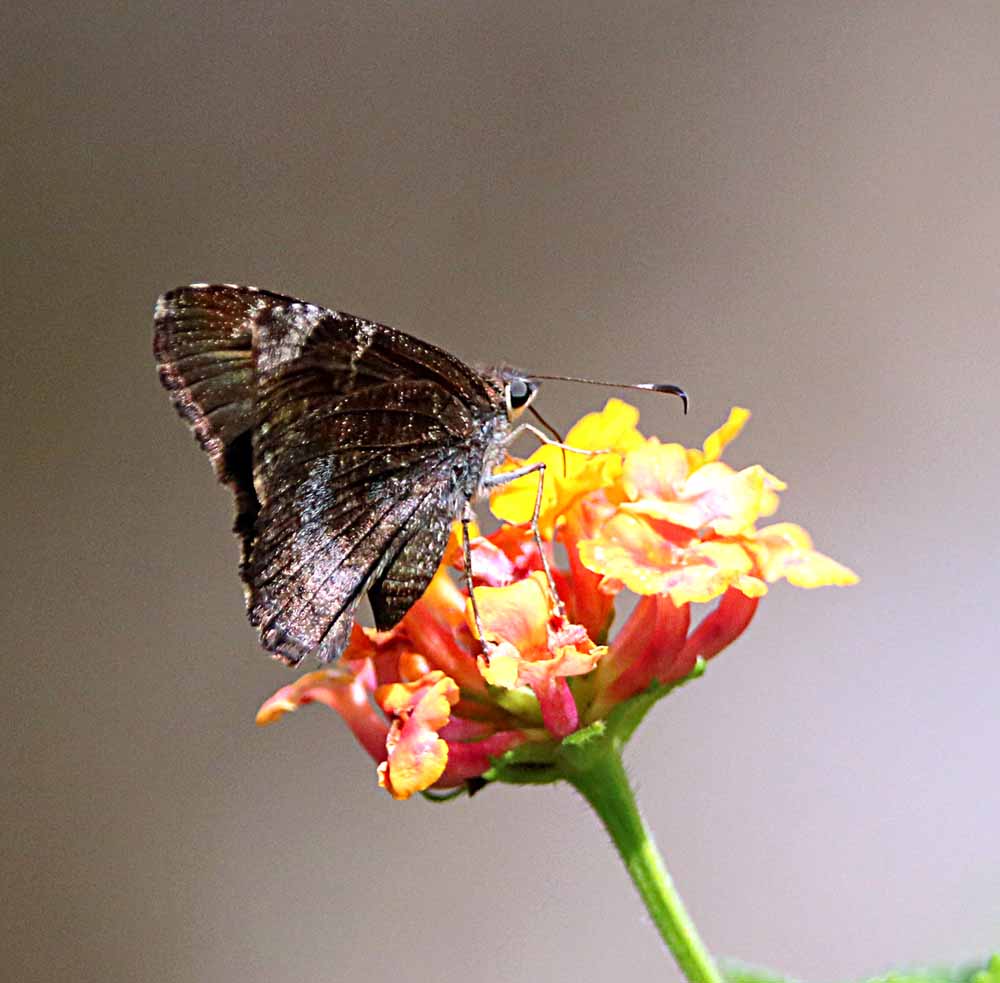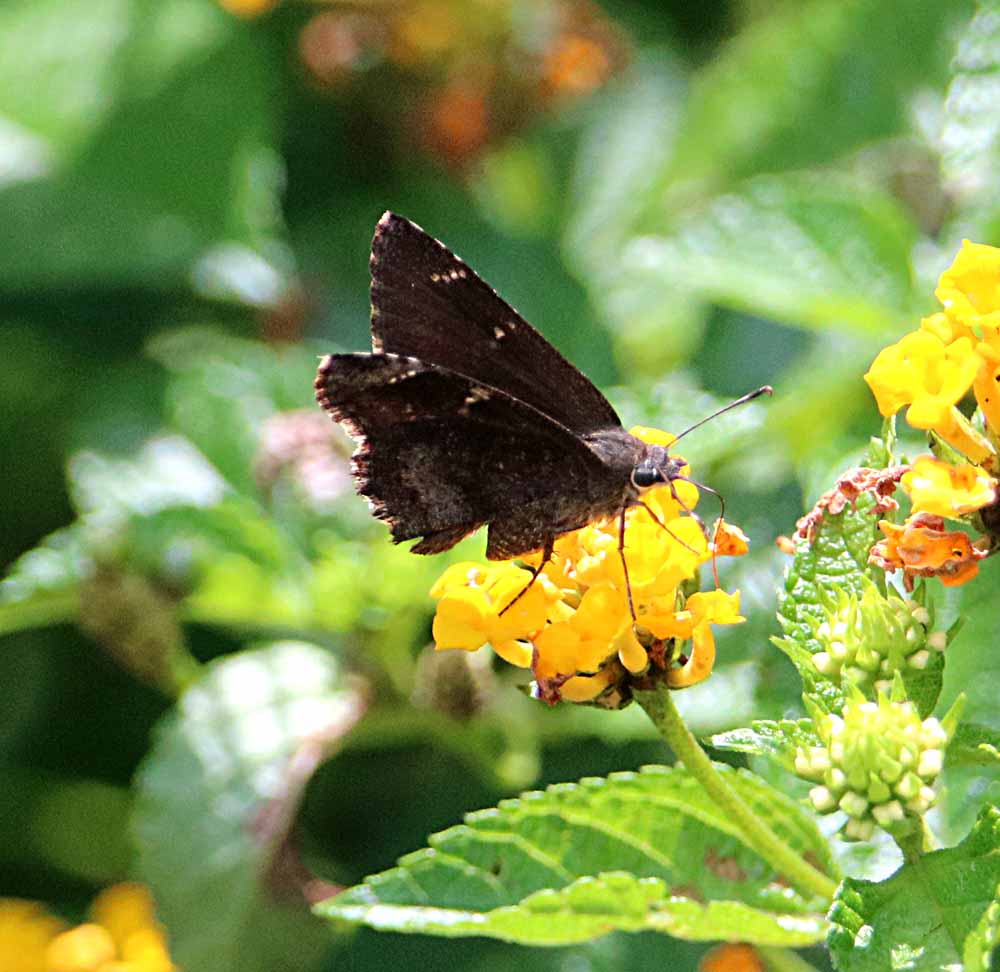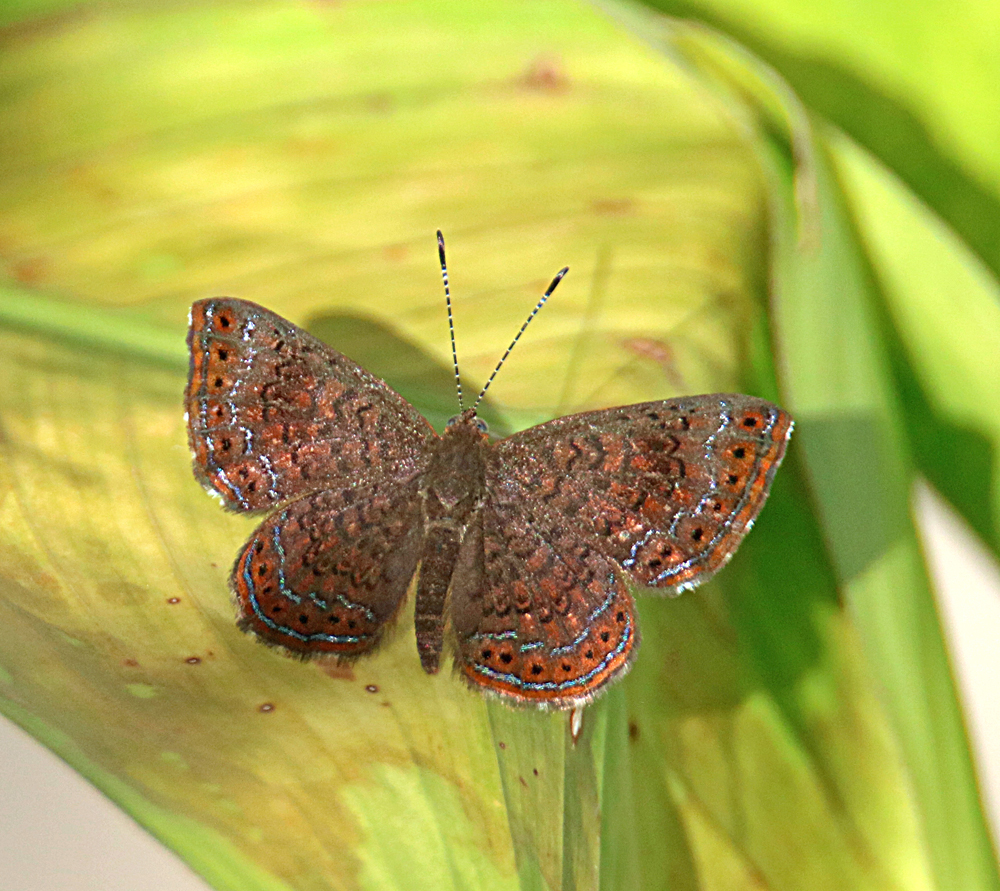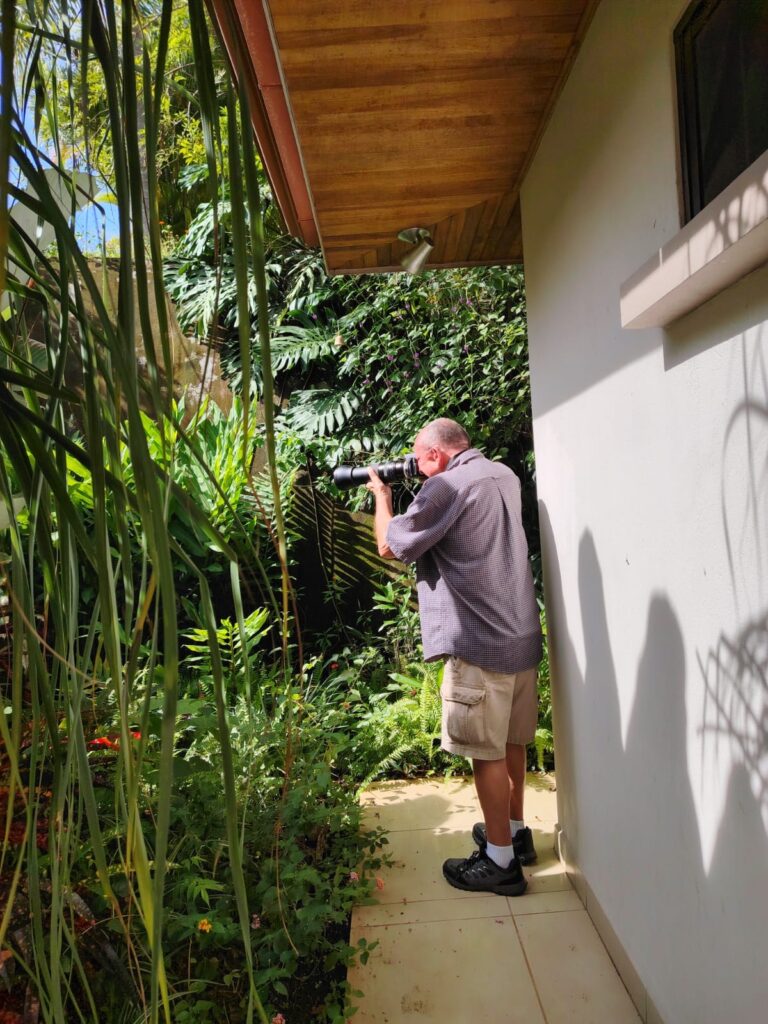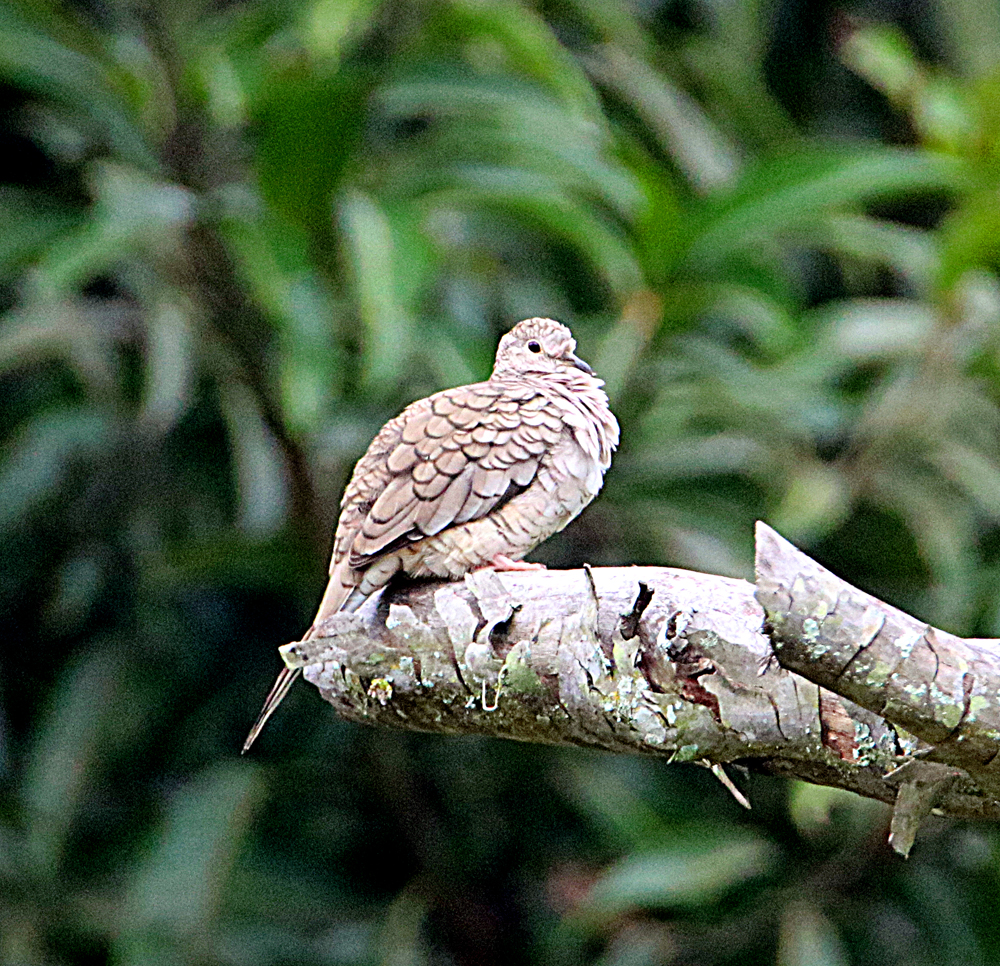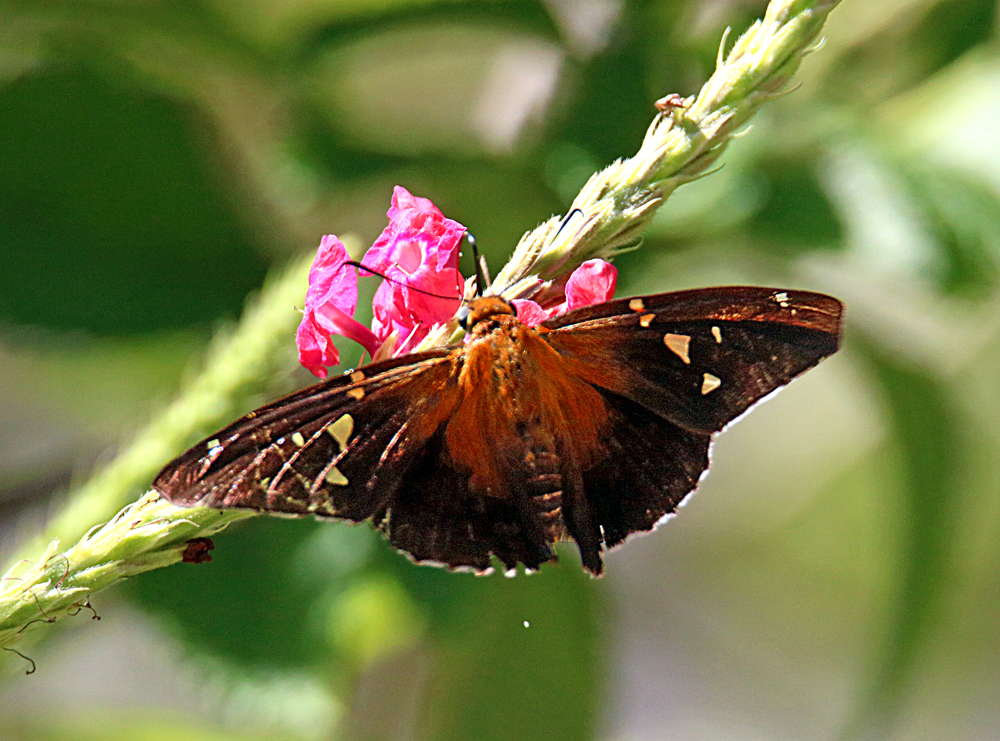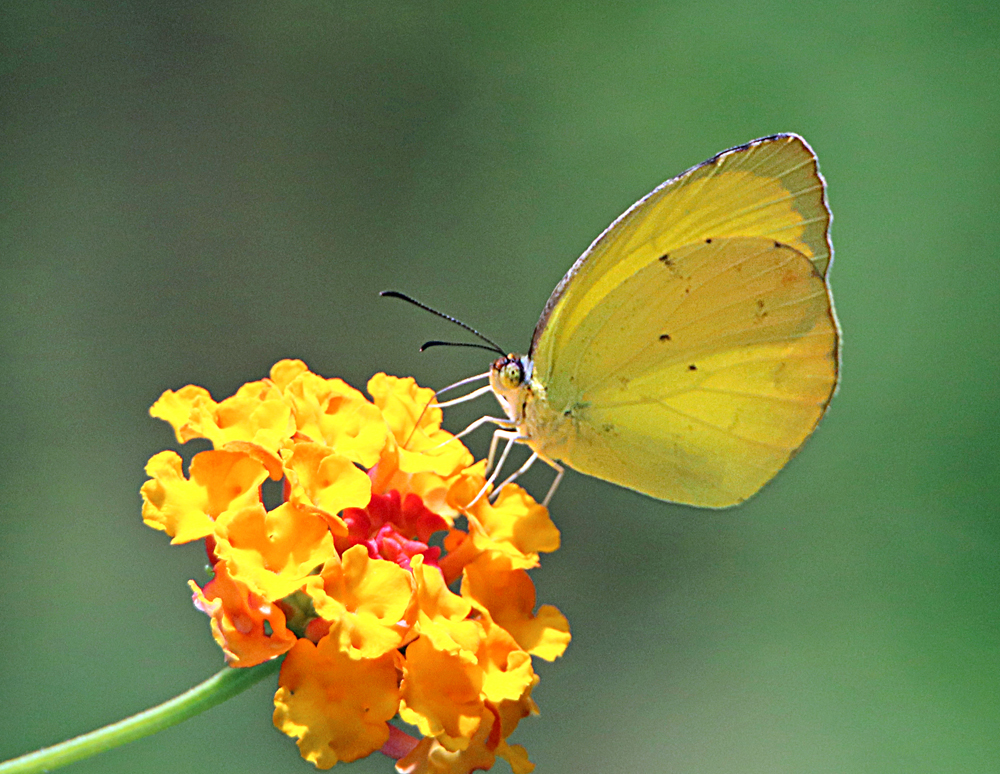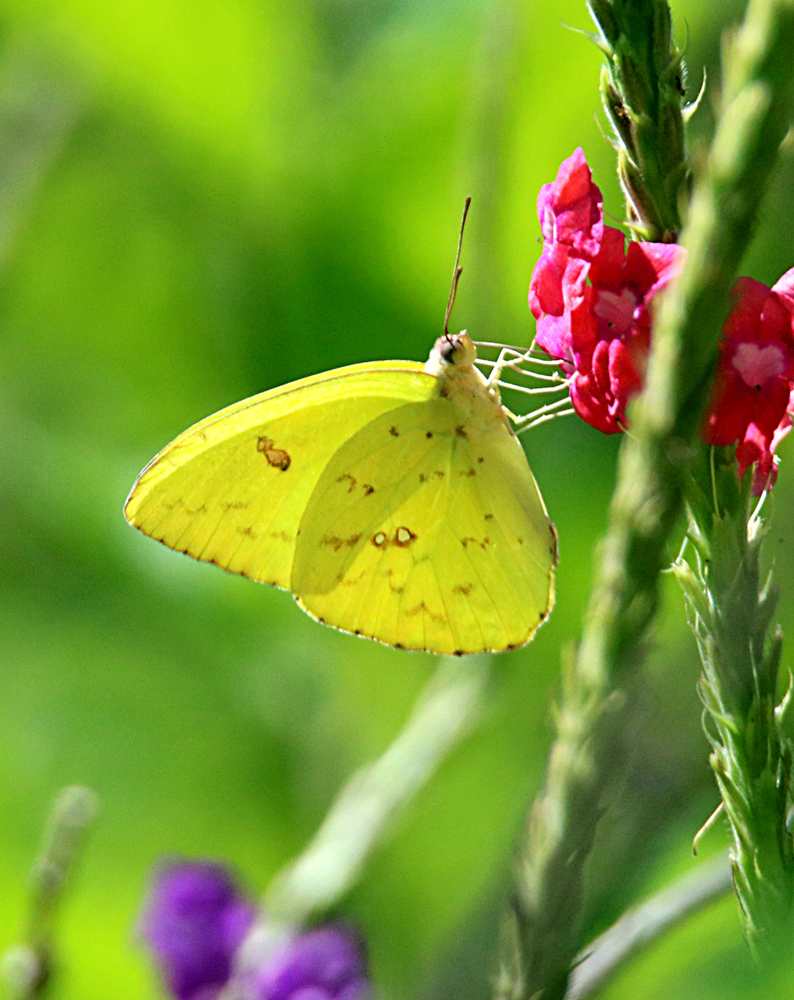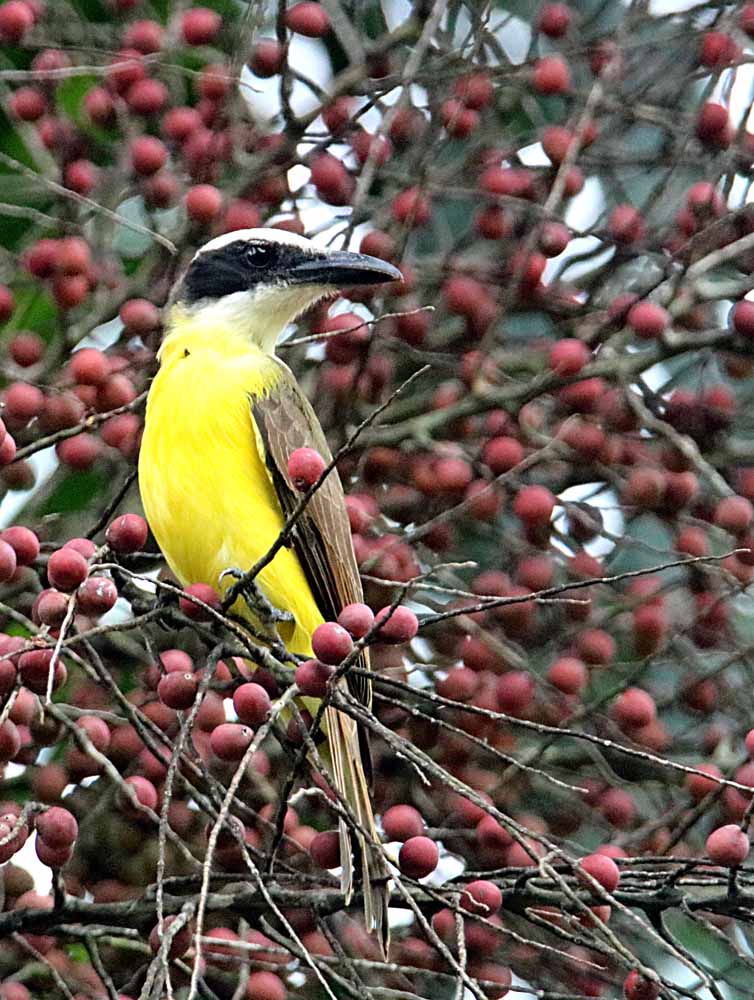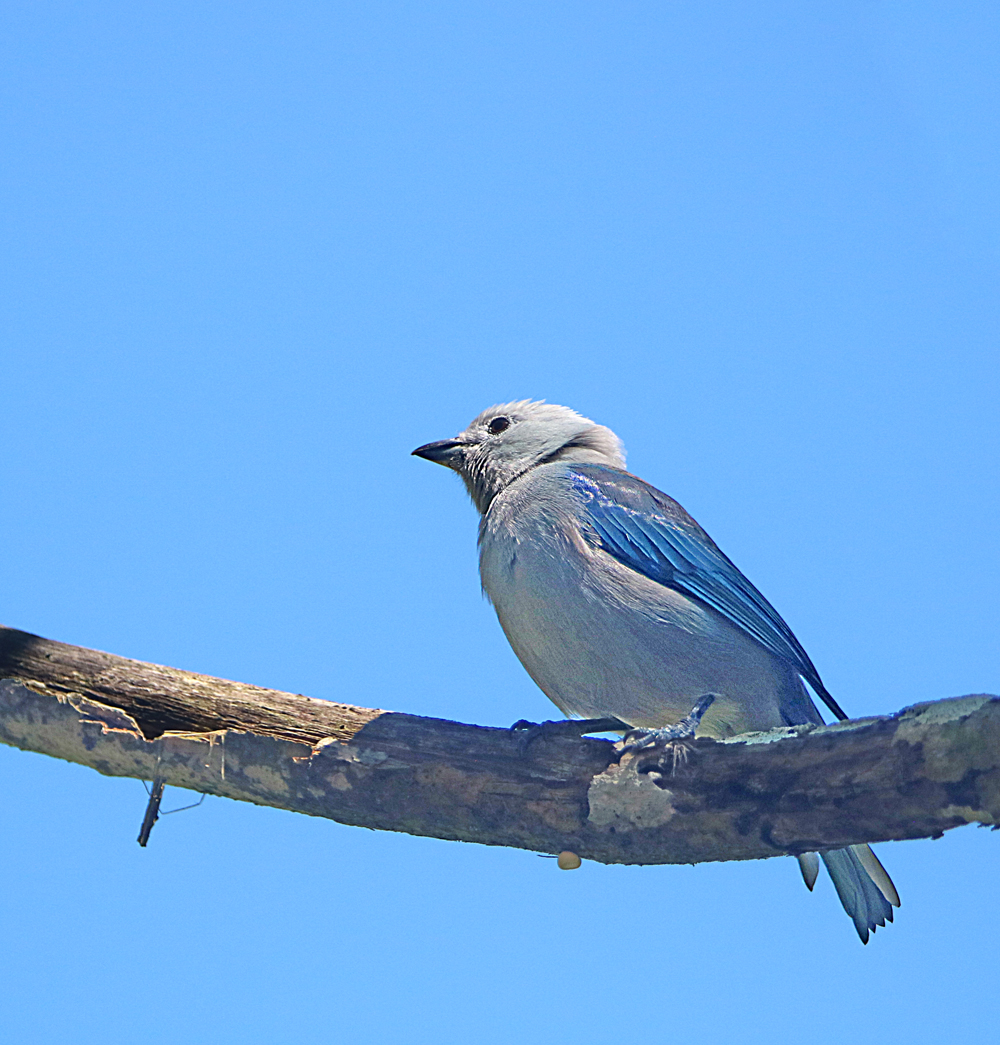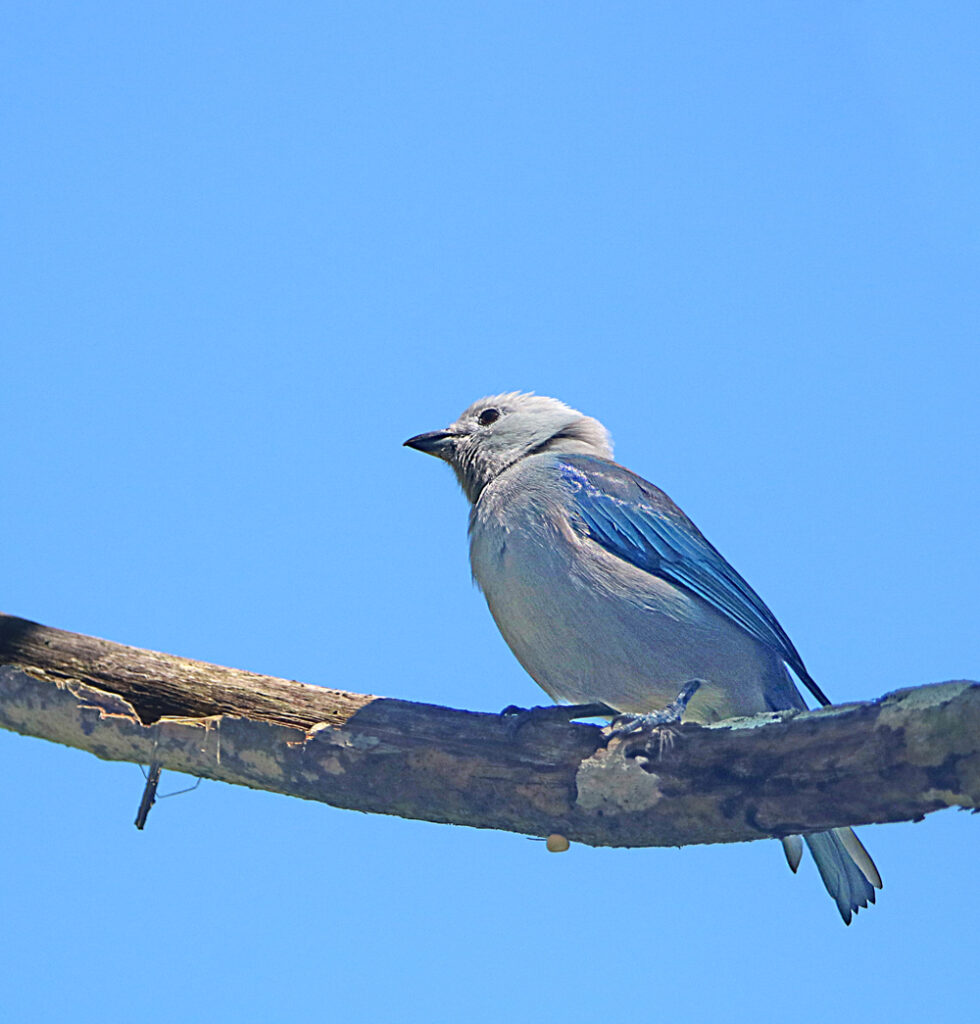This guy is more of a “regular” this year and one that I always like seeing, the Tropical Kingbird, Tyrannus melancholicus (my gallery link).
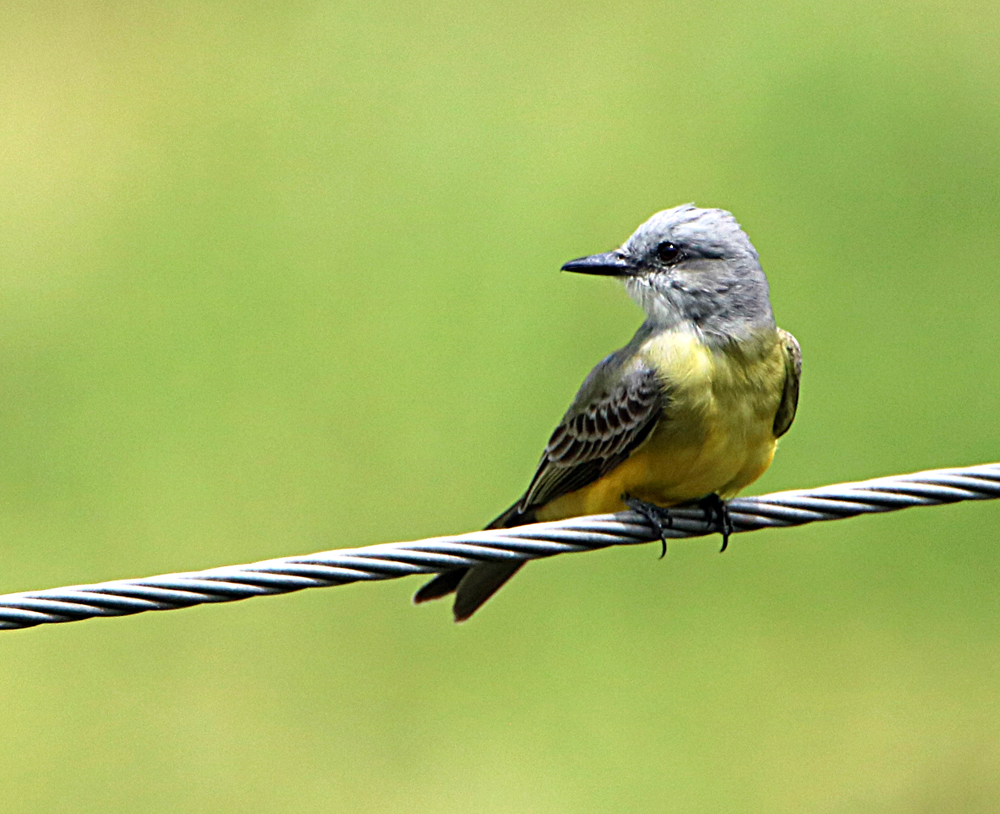
¡Pura Vida!
No Kings Rally Saturday

And of course the demonstration had nothing to do with Kingbirds! 🙂 And not in the photo were persons in costumes, including a frog & a chicken! 🙂
I did not go because I’m having bathroom issues (like incontinency) and there was no way the embassy would provide their bathrooms, plus they are closed on Saturday anyway and no option nearby. 🙂
About 100 Americans showed up for the demonstration out of the approximately 120,000 American citizens living in Costa Rica. 🙂 And if wondering about Atenas, we had a bus load of 48 there from the approximately 3,000 Americans living in Atenas Canton (county). That 3,000 figure is from the Municipality of Atenas and is approximate. FYI, the U.S. Department of State says that approximately 9 million U.S. Citizens live in other countries around the world, so we are just a fraction of that in Costa Rica or Atenas. 🙂
¡Pura Vida!
